One of the main ingredients in the confectioner's arsenal is caramel.
This product can be prepared in different ways, but the process of melting sugar is based on the same technique. The dessert component, invented several centuries ago, has a rich history. In accordance with the Latin language, the word caramel literally translates to sugar cane.
A similar caramel product was found in ancient India from baked reed stalks. The main ingredient - sugar, in the Middle Ages was available only to rich people.
Large-scale production of the product in some countries, such as France, Britain and America, leads us to believe that they were the founders of the production of caramel, which began in the XIV-XVI century - candy on sticks.
Types of caramel
The presence in the composition of a sugar substance determines the type of caramel, which can be produced from sucrose, glucose, maltose.
There is hard and soft caramel and caramel sauce.
Important criteria for good caramel are the color and taste. The caramel should have a beautiful, amber-brown color. Some say the color should be like the color of an old coin.
Caramel is prepared almost to the point of burning, but its taste remains sweet.
Liquid caramel is made from sugar and water and is used as a sauce. Dry caramel is harder and is made only from sugar. It is often used to make candies and to make a coating for nuts and fruits.
Follow these simple instructions and don't worry - caramel requires practice and sugar is affordable and cheap. When preparing liquid caramel, you need to take precautions because you can get burned.
Liquid caramel
3/4 cup granulated sugar (you can also use white sugar)
1/4 cup water
1/2 cup cream
1 ½ tablespoons unsalted butter
What you need - a frying pan, a wooden spoon, gloves, long sleeves, an apron.
Prepare the pan. Although no special equipment is needed to make the caramel, the pan used must be absolutely clean and deep enough. If you plan to add cream to the caramel, the amount of caramel will increase.
Any impurities in the pan or in the kitchen utensils (spoon, spatula) can cause an adverse reaction called recrystallization. Recrystallization is a chemical process in which impurities and compounds (sugars) are dissolved in a solvent (water) and impurities or compounds can be separated from the solution. This means the formation of strong clots of sugar.
Take precautions. Hot sugar can burst and cause severe burns. Wear long-sleeved clothes and an apron.
Mix the sugar and water. Pour a thin layer of sugar on the bottom of the pan. Slowly and evenly pour water over the sugar to cover all of it. Do not leave any dry areas.
Use only granulated sugar. In brown sugar and powdered sugar, there are too many impurities, so you will not get caramel out of them. Raw sugar is also not recommended.
Heat the sugar. Prepare the sugar with water on medium heat until the sugar dissolves. Carefully follow the process and stir the pan if you notice the formation of clots. Most of the clots will melt during the heating process.
To prevent recrystallization, you can cover the pan with a lid until the sugar has completely melted. All sugar crystals on the sides of the pan will fall to the bottom due to the condensation created.
Another way to prevent recrystallization is to add a small amount (two drops) of lemon juice at the moment when the sugar begins to dissolve.
Heat the sugar. Watch the sugar darken. When it practically reaches the point of burning and begins to foam and smoke slightly, remove it from the heat immediately.
As the pans and the oven do not always distribute the heat evenly, it is important to monitor the process.
Add cream and butter to the caramel to stop the cooking process and cool the pan. Stir over low heat. Store the finished caramel in an airtight container.
To prepare a salted caramel sauce, add 1/4 teaspoon of salt as soon as the caramel cools down to room temperature.
To make vanilla caramel sauce, add 1 teaspoon of vanilla extract after removing the caramel from the heat.
Be careful! Cleaning the sticky pan may seem complicated, but it's quite simple. Dip the pan in warm water or fill it with water and heat it until it boils. The boiling will help melt all the caramel.
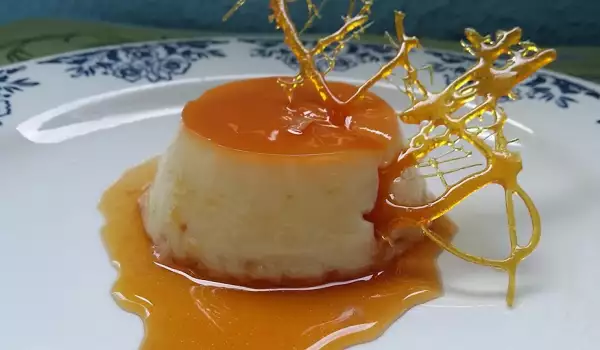

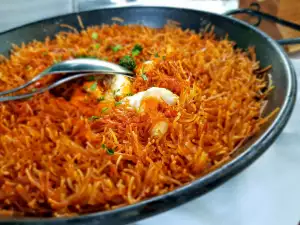
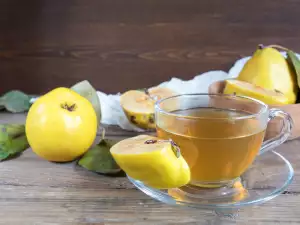
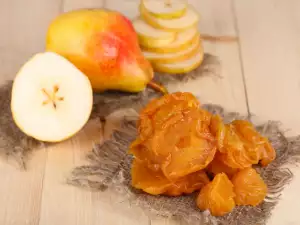
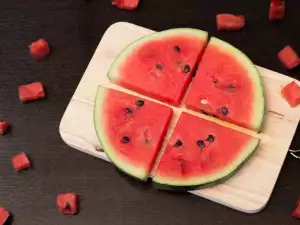


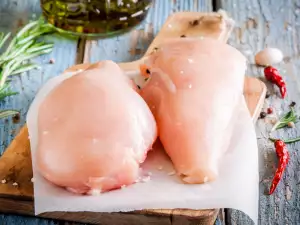
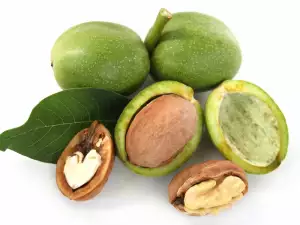
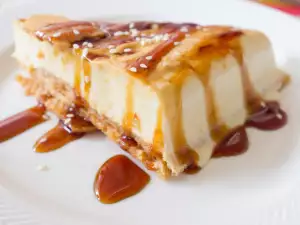

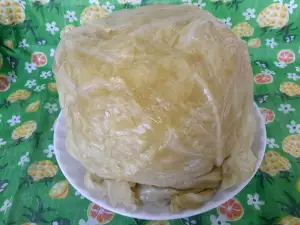
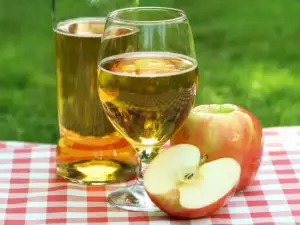
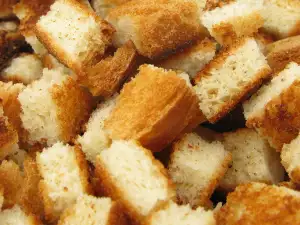
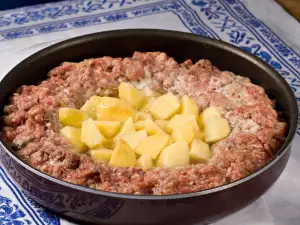



Comments